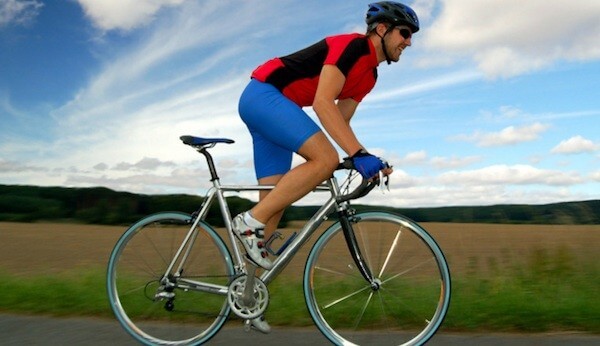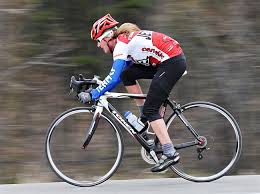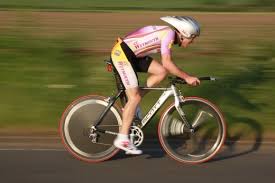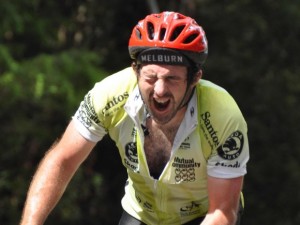 Everyone is different. It’s never a good idea to compare yourself to other cyclists. Genetics, gender, bike, personal health, lifestyle — most of us have to work for a living and can’t take the time to train everyday — are all good reasons to compete only with yourself. But if you’re curious, a simple unofficial time trial allows you to access your fitness across the demographic. The 3-mile test will do it for you.
Everyone is different. It’s never a good idea to compare yourself to other cyclists. Genetics, gender, bike, personal health, lifestyle — most of us have to work for a living and can’t take the time to train everyday — are all good reasons to compete only with yourself. But if you’re curious, a simple unofficial time trial allows you to access your fitness across the demographic. The 3-mile test will do it for you.
Variables and Distance
Anything under 3 miles can be sprinted relatively easy, with no real assessment of fitness. Anything over three miles, and variables such as gradient, wind, traffic, and route come into play.
Where You Stack Up
To find out where you stack up, ride three miles and compare your time to a simple scale: Anything over 12-minutes is below average, 8-12 minutes is moderate — and where most cyclist fit in. If you finish in under 8 minutes, consider yourself extremely fit. You can see where your average speed stacks up in this article.
The Average
Shoot for 9-minutes. Nine minutes over three miles breaks down to about 20 mph, and that seems easy enough, but holding it for 3 miles is probably harder than you think.
The Route
Find a flat, straight, 3-mile stretch of country road if possible, and remember, you can’t stop at a stop sign, so it should be a clear shot to the end of the route. It’s a plus if your chosen route is a few miles from home, it gives you the chance to warm up just getting there. If you have a water bottle, keep it full so that the weight is the same for future references.

Prepare Yourself
Gear can make a difference, but you don’t need the futuristic time-trial helmet, composite wheels or aero-bars. A good quality road bike is fine to accomplish the nine-minute average. If the wind is blowing either direction, tail or head, forfeit the test and try again on a different day.

Nutrition and Water
Don’t eat for 2 hours before doing the test. Don’t chug water, but go into the test hydrated. And it’s always a good idea to pee before the test. Warm up and stretch for at least 10-15 minutes or longer, depending on your own body’s needs. Warm ups are personal, you should know by now how much you might need. If you feel that you didn’t warm up enough, or maybe too much, take note and try the test again after readjusting your routine.
Ways to Improve
You can strap on heart monitors, add power taps, or an endless supply of electronic gadgets designed to gauge fitness and help you improve, but seriously, leave them at home. Keep it simple. Set a base time, and when you have the opportunity to run the test again, you’ve got someone to beat — yourself.
Fun and Fitness
Don’t go out and torture yourself trying to chase higher averages if you’re cycling for fun and fitness. You’ll burn out and lose interest.

The best ways to improve your average is to increase power and lose weight. By now, you’re probably sick and tired of hearing all about the power-to-weight ratio, but it’s viable. Almost nothing has a more dramatic effect to make you faster. Have fun.